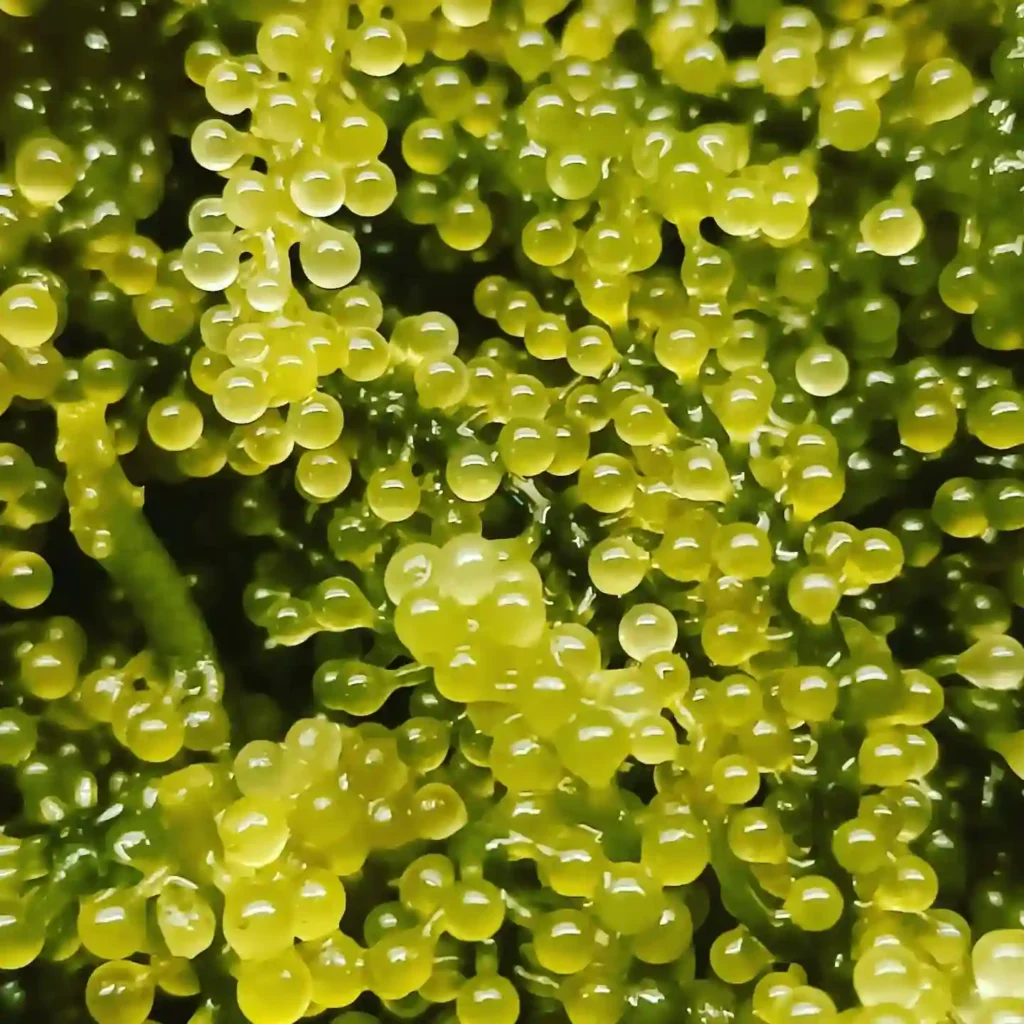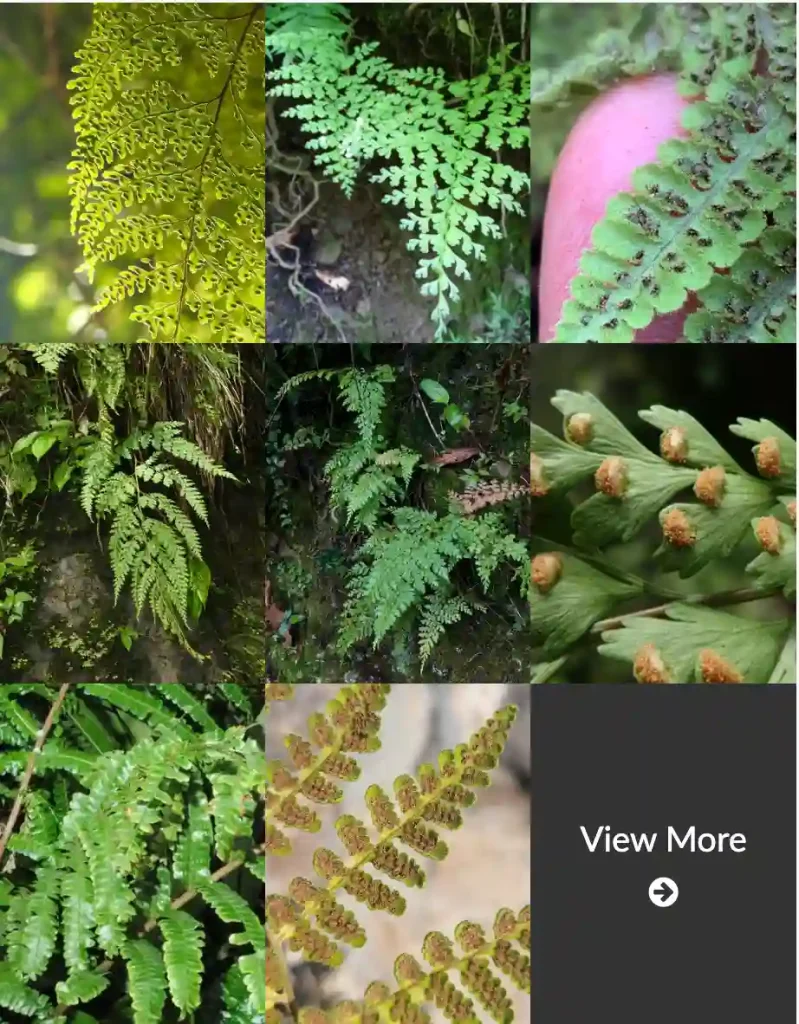The Aglaonema Pink Dalmatian: Your Guide to This Dappled Beauty
Hi, Ferb Vu here! Today, we’re diving into the world of the Aglaonema Pink Dalmatian, a houseplant that’s as easy on the eyes as it is to care for. This stunning evergreen boasts foliage splashed with pops of pink, earning its playful nickname.
If you’re considering welcoming a Pink Dalmatian into your home, you’ve come to the right place. This FAQ will answer all your burning questions about this delightful plant.
26 Species in Genus Aglaonema
What Makes Aglaonema Pink Dalmatian Special?
The Pink Dalmatian’s charm lies in its variegated leaves. Imagine lush, elliptical foliage adorned with speckles and splashes of pink. The vibrancy of this variegation thrives in bright, indirect sunlight. In lower light, the pink tones might become subtler, but the plant adapts well.
This Chinese Evergreen, like its Aglaonema cousins, is known for its air-purifying properties. It helps remove common toxins like formaldehyde and benzene from your indoor environment, making it a breath of fresh air (literally!).
Pink Dalmatian vs. Other Aglaonemas: Picking Your Perfect Plant
The world of Aglaonemas offers a dazzling array of varieties, each with unique foliage patterns. Here’s a quick comparison to help you decide if the Pink Dalmatian is your perfect match:
- Aglaonema Pictum Tricolor: This popular choice features a stunning camouflage effect with green, cream, and pink hues. If you crave a bolder color combination, the Tricolor might be your pick.
- Aglaonema Red Emerald: This variety boasts deep red or burgundy leaves with minimal variegation. It’s ideal for those seeking a dramatic pop of color.
- Aglaonema Silver Bay: This beauty showcases silvery-green leaves with subtle veins. It thrives in low-light conditions, making it a good choice for dimly lit spaces.
Ultimately, the best Aglaonema depends on your personal preference and lighting conditions.
How to care for Aglaonema Pink Dalmatian?
Here’s the good news: the Pink Dalmatian is a low-maintenance houseplant. Follow these basic tips, and your plant will reward you with vibrant foliage for years to come.
- Light: Aim for bright, indirect sunlight. Avoid harsh direct sun, which can scorch the leaves.
- Watering: Water your Pink Dalmatian when the top inch of soil feels dry to the touch. Overwatering is a common enemy, so err on the side of underwatering.
- Soil: Use a well-draining potting mix specifically formulated for indoor plants. Good drainage prevents root rot.
- Fertilizer: During the growing season (spring and summer), a monthly dose of diluted liquid fertilizer can keep your plant happy.
- Temperature and Humidity: The Pink Dalmatian thrives in average room temperature (around 65-75°F) and moderate humidity. Grouping your plants together can help create a more humid microclimate.
Is the Pink Dalmatian toxic to pets?
Yes, unfortunately, the Pink Dalmatian, like other Aglaonemas, contains calcium oxalate crystals, which can irritate the mouth, stomach, and intestines of pets if ingested. Keep your plant out of reach of curious furry (or feathered) friends.
Why are the leaves on my Pink Dalmatian turning brown?
Brown leaves can be caused by underwatering, overwatering, or excessive light. Check your watering habits and adjust as needed. If the brown spots are near the edges, it could be a sign of low humidity.
Can I propagate my Pink Dalmatian?
Absolutely! Stem cuttings are a popular method. Simply snip off a healthy stem with a few leaves, dip it in rooting hormone, and plant it in a pot with moist soil.
Bringing Home Your Pink Dalmatian
With its easy care requirements and stunning variegated foliage, the Aglaonema Pink Dalmatian is a fantastic choice for plant enthusiasts of all levels. So, why not add a touch of pink and green vibrancy to your home?
Remember, happy planting!
If i die, water my plants!



